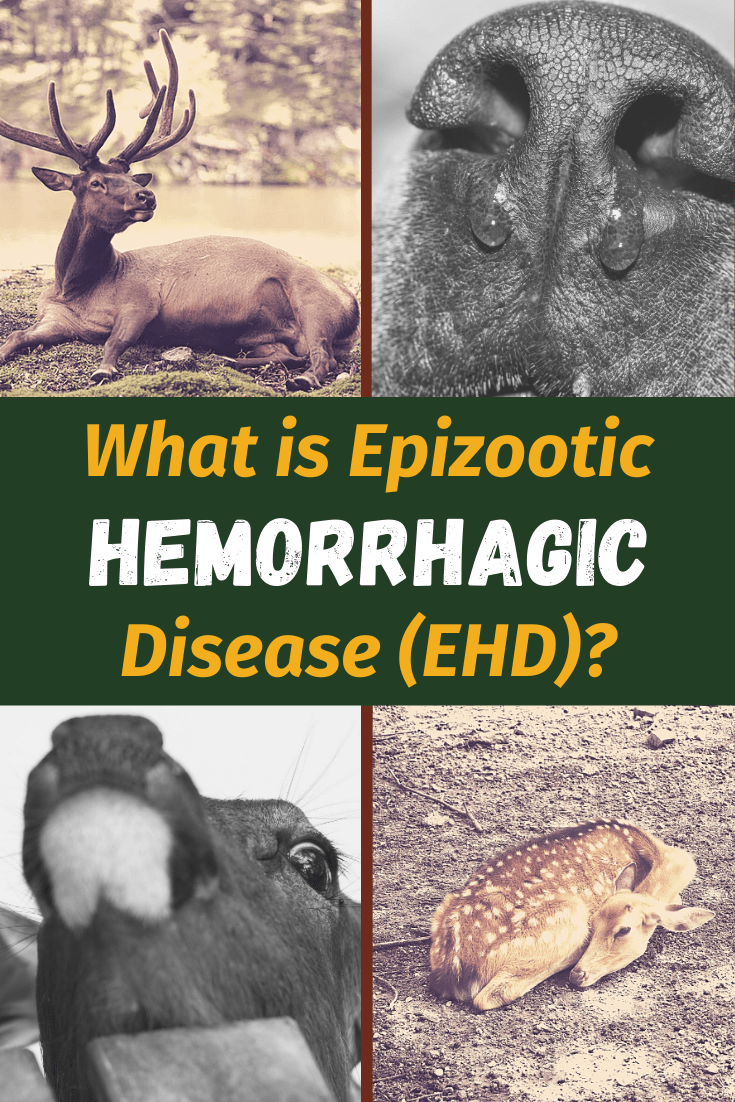Big Game Logic is reader-supported. When you buy through links on our site, we may earn an affiliate commission.
Epizootic Hemorrhagic Disease (EHD) is a viral disease found in white tailed deer and in some other ruminants. Unlike Chronic Wasting Disease, EHD is spread by the biting midge not by deer to deer contact. The biting midge is a small, flying insect typically associated with isolated water sources.
The term EHD is often used in conjunction with the disease known as blue tongue but they are in fact separate diseases with very similar symptoms. The virus has an incubation period of about a week before developing symptoms including internal bleeding, weakness, fever, and shortness of breath. The animal usually dies within 36 hours of showing symptoms but some deer survive, while very weak, for several weeks.
EHD isn’t new to deer biologists. The first confirmed cases were discovered in the 1950s but dying deer with symptoms similar to EHD were reported by naturalists much earlier. Disease outbreaks occur from August through October. Biting midges are usually killed after the first frost of the year. At that point, the disease is no longer a threat until the following year.
Biologists believe the severity of an EHD outbreak has more to do with the amount of biting midges than deer. Therefore, reducing the deer population really won’t help reduce the frequency and severity of an EHD outbreak. The biting midge flourishes during periods of dry weather with infrequent rain. A dry summer followed by a heavy rain or two in August or September is the perfect recipe for a biting midge population boom. These are exactly the conditions expected throughout much of the white tailed deer’s range in 2012. Thus, biologists are bracing for a big year of EHD.
Epizootic Hemorrhagic Disease is believed to have originated in the southern portions of the United States. But dry and warm weather has pushed the disease north. As stated earlier, an early frost will stop the disease in it’s tracks. An EHD outbreak in 2011 forced North Dakota wildlife officials to issue permit refunds for many hunters and they are offering fewer licenses in 2012.
Usually less than 25% of a local deer herd affected by EHD dies during an outbreak but some cases have wiped out over 50% of a local herd. There is no vaccine or known cure for EHD. Fortunately, this deadly disease does not affect humans.
Dead deer killed by EHD often have blue or blackened tongues, swollen heads and eyes, peeling of the hooves, and may appear to have been foaming from the mouth. If you find a sick or dead deer with these symptoms you should call your local wildlife biologist or game warden. There isn’t anything they can do to help the infected deer. However, tracking the spread of EHD is important.
Share to Pinterest





